Next Generation Therapeutics for Repair of Human Organs and Tissues – Bioquark [transcript]


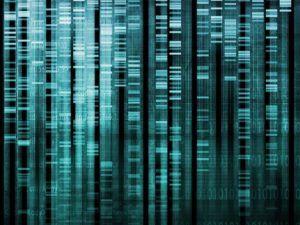
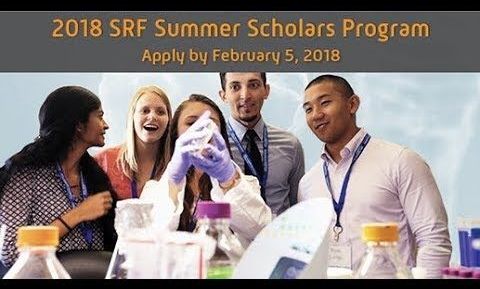
The SRF Summer Scholars Program offers undergraduate students the opportunity to conduct biomedical research to combat diseases of aging, such as cancer, atherosclerosis, and Parkinson’s Disease. Under the guidance of a scientific mentor, each Summer Scholar is responsible for his or her own research project in such areas as genetic engineering and stem cell research. The Summer Scholars Program emphasizes development of both laboratory and communication skills to develop well-rounded future scientists, healthcare professionals, and policy makers.

According to a French physiologist, humans have reached the peak of our height, lifespan and physical fitness.
I suspect that from our vantage point (a narrow snapshot of human evolution), we lack sufficient data to arrive this sweeping conclusion. Nevertheless, mainstream media is taking this research seriously.
http://www.newsweek.com/humans-reached-peak-height-lifespan-fitness-741816
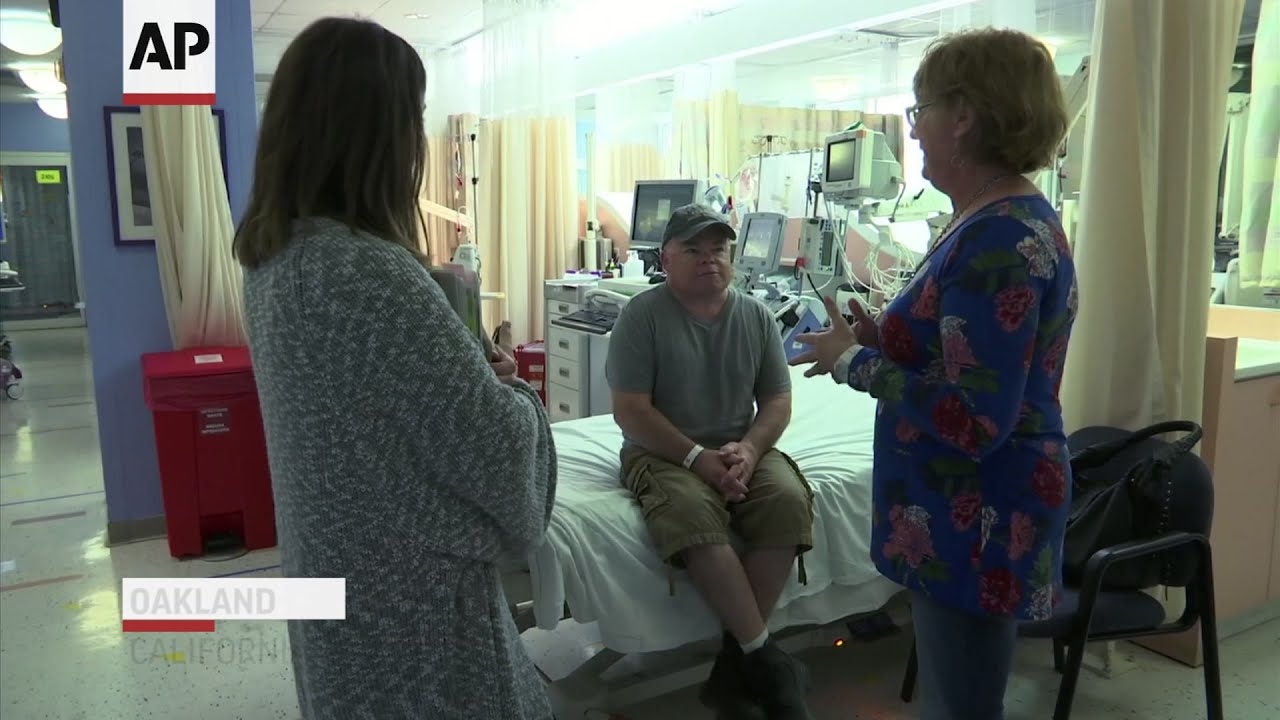
In a bold first-of-its-kind experiment, scientists have edited a person’s genes directly inside living tissue in an ambitious bid to cure a man of a rare, crippling genetic disorder.
While CRISPR has broken ground in things like editing human embryos and injecting patients with genetically edited cells, this alternative technique pioneers a new real-time approach to infusing a person’s blood with a gene-editing virus.
“For the first time, a patient has received a therapy intended to precisely edit the DNA of cells directly inside the body,” says CEO of Sangamo Therapeutics, Sandy Macrae, whose company is testing the experimental procedure.
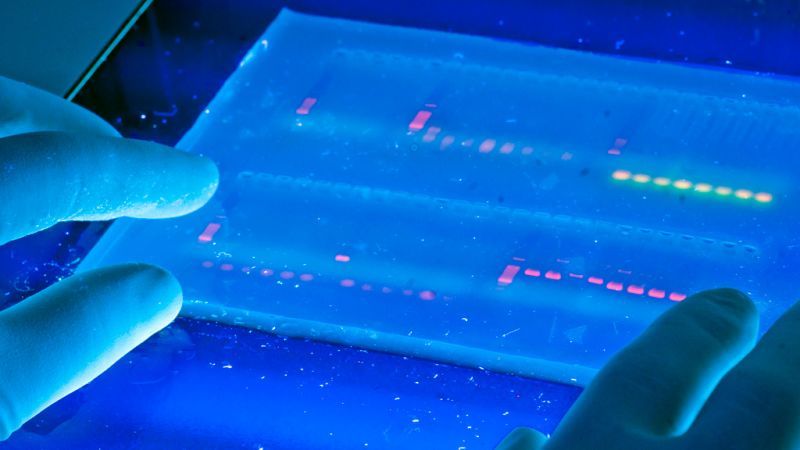
It worked. Working with mice, they were able to reverse the disease symptoms of kidney disease, type 1 diabetes, and a form of muscular dystrophy. In the mouse with kidney disease, for example, they turned on two genes associated with kidney function and saw the kidney function improved.
The unassumingly named CRISPR/Cas9 is a technology that stands to remake the world as we know it. By allowing scientists to more easily than ever cut and paste all those As, Cs, Ts, and Gs that encode all the world’s living things, for one thing, it could one day cure many devastating diseases.
All that power, though, comes with one pretty sizable caveat: Sometimes CRISPR doesn’t work quite like we expect it to. While the scientific establishment is still embroiled in a debate over just how serious the problem is, CRISPR sometimes causes off-target effects. And for scientists doing gene editing on human patients, those mutations could wind up inadvertently causing problems like tumors or genetic disease. Yikes.

Mukherjee is now 47 and lives in New York; Marsh, 67, lives in Oxford. To different extents both of these doctors still practise in their respective fields – Mukherjee at Columbia University’s cancer centre, Marsh as a visiting doctor at various hospitals around the world, including in Kathmandu in Nepal. Both men have continued to write: Marsh a second volume of autobiography, called Admissions, published this year, and Mukherjee a study of genetics called The Gene: An Intimate History, published last year. When they sat down to talk to each other over Skype one Saturday afternoon in November, they began with a subject on which their two lifelong disciplines overlap: the treatment of brain cancer.
The cancer specialist and the neurosurgeon talk about treating cancer, writing and facing death in their own families by Tom Lamont.
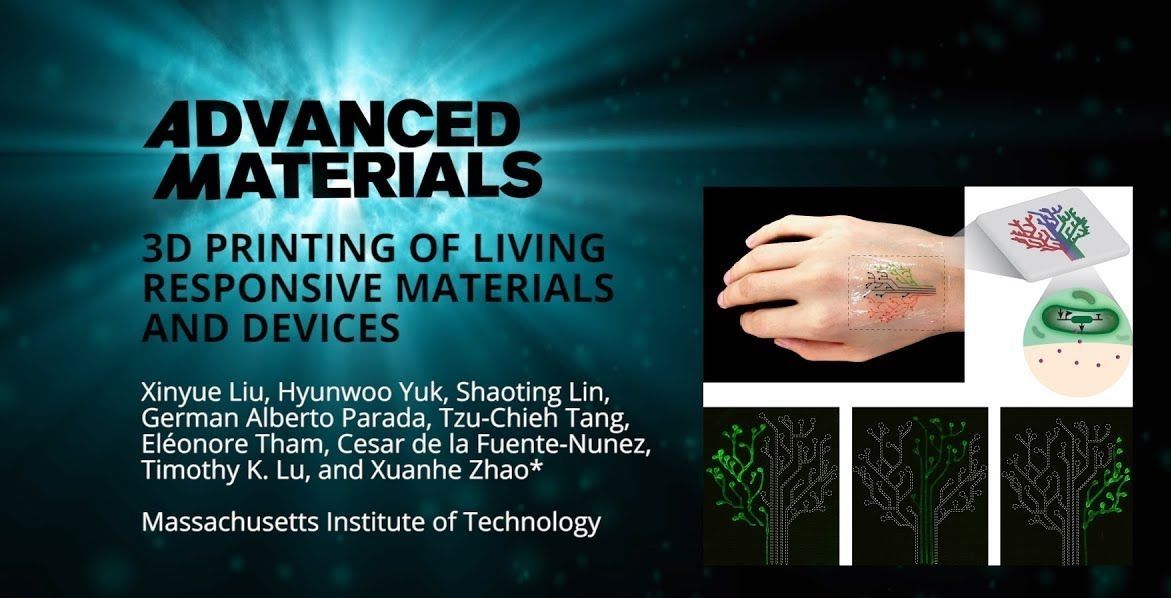
A team at MIT has genetically modified bacteria cells and developed a new 3D printing technique to create a “living tattoo” that can respond to a variety of stimuli.
Electronic tattoos and smart ink technologies are showing exciting potential for reframing how we think of wearable sensor devices. While many engineers are experimenting with a variety of responsive materials the MIT team wondered if live cells could be co-opted into a functional use.
The first step was to look at what organic cells could be utilized, and it turned out that the strong cell walls of bacteria were the best target for use as they could survive the force of a 3D printer’s nozzle. Bacteria also proved to be perfectly compatible with the hydrogels needed for accurate 3D printing.
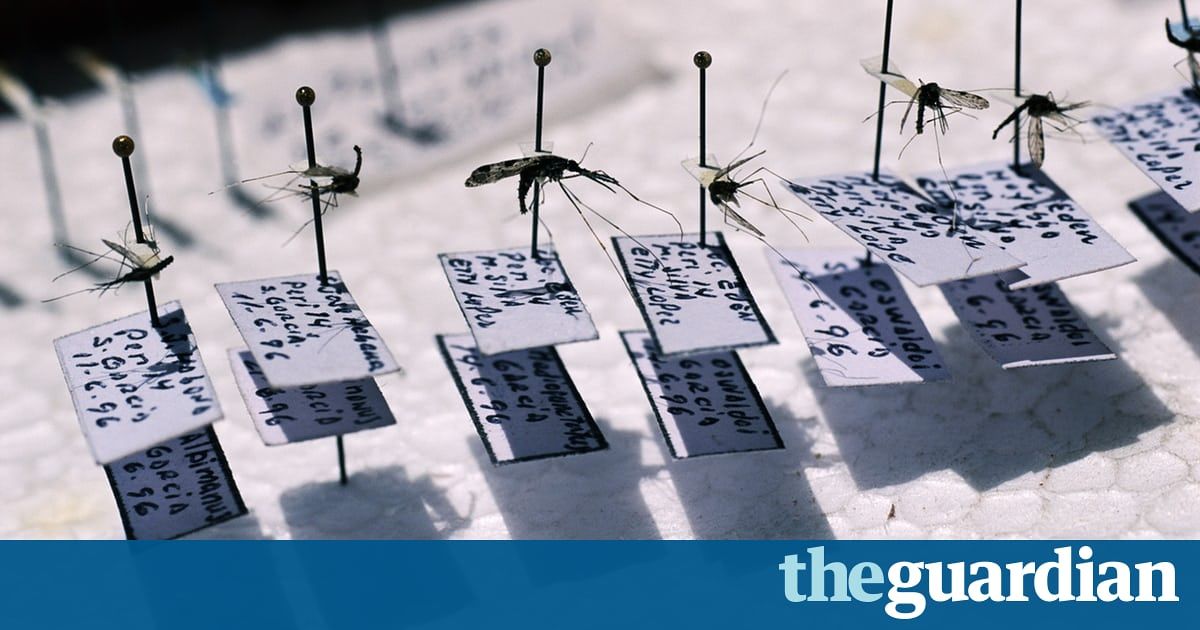
‘UN diplomats confirmed that the new email release would worsen the “bad name” of gene drives in some circles. “Many countries [will] have concerns when this technology comes from DARPA, a US military science agency,” one said.‘.
Cutting-edge gene editing tools such as Crispr-Cas9 work by using a synthetic ribonucleic acid (RNA) to cut into DNA strands and then insert, alter or remove targeted traits. These might, for example, distort the sex-ratio of mosquitoes to effectively wipe out malarial populations.
Some UN experts, though, worry about unintended consequences. One told the Guardian: “You may be able to remove viruses or the entire mosquito population, but that may also have downstream ecological effects on species that depend on them.”
“My main worry,” he added, “is that we do something irreversible to the environment, despite our good intentions, before we fully appreciate the way that this technology will work.”
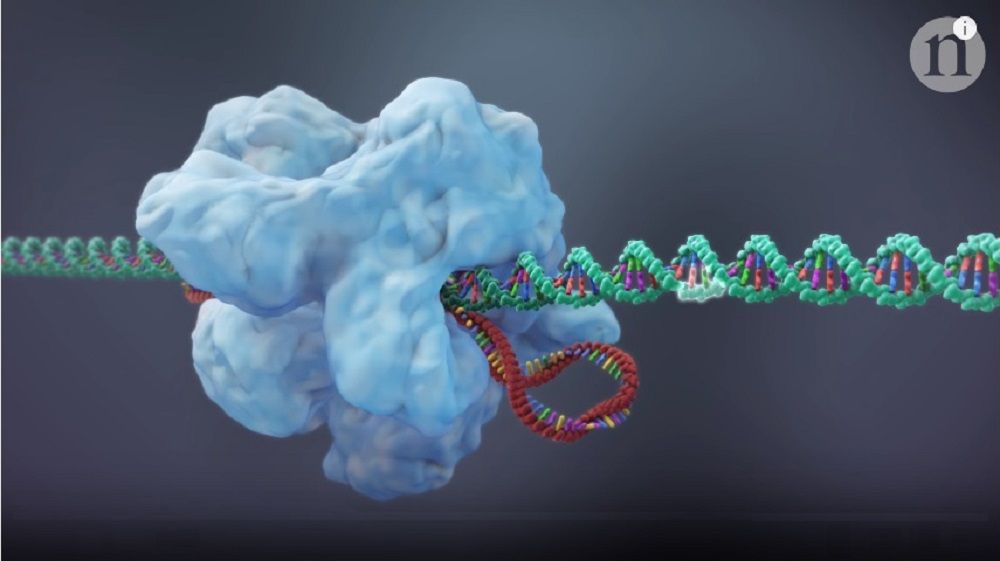
Summary: (Video) A short animation from the journal Nature demonstrates revolutionary new additions to the CRISPR toolbox some call CRISPR 2.0. Scroll down for video. [This article first appeared on LongevityFacts. Follow us on Reddit | Google+ | Facebook. Author: Brady Hartman.]
Techniques to modify DNA in the genome have existed for several decades, and the original CRISPR-Cas9, called CRISPR 1.0, brought an era of faster, cheaper, and more efficient gene editing tools. A short video from the journal Nature shows you how scientists have revolutionized the original CRISPR-Cas9 system, significantly expanded its toolbox, creating a more powerful set of tools some call CRISPR 2.0. Genetic engineers have discovered how to make CRISPR perform new tricks such as improved gene editing, turning genes on and off, and making genes glow for research.
What are gene editing and crispr-cas9?